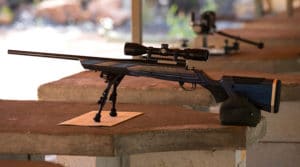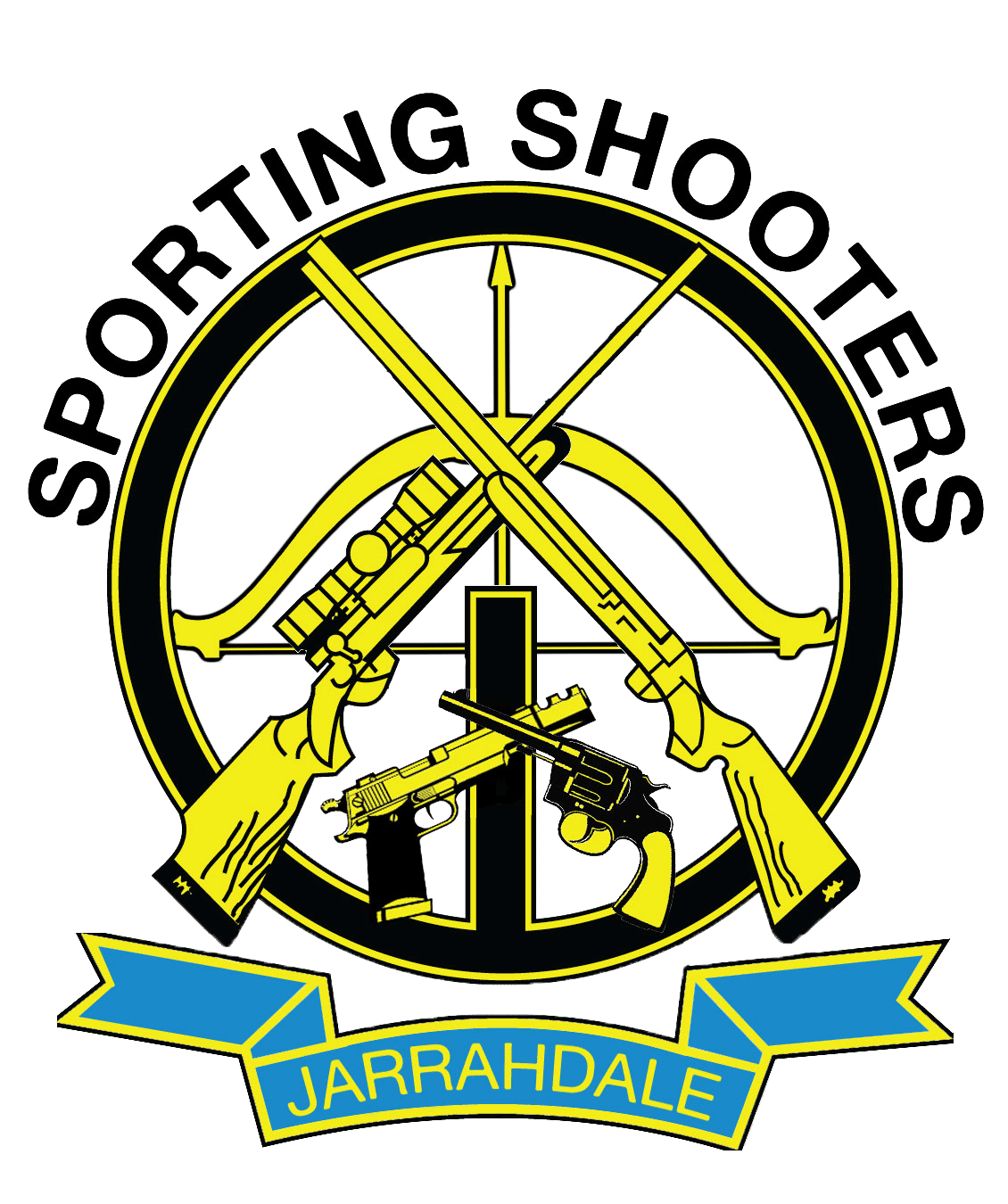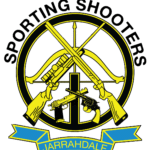Field Rifle
Field Rifle
Field Rifle & 3-Positional is a rifle discipline that aims to improve hunting marksmanship under rifle range conditions, while teaching them the capabilities and limitations of their equipment.

What is Field Rifle / 3 POS?
Field Rifle & 3-Positional is a rifle discipline that aims to improve hunting marksmanship under rifle range conditions, while teaching them the capabilities and limitations of their equipment.
Field Rifle uses rimfire and centrefire rifles and is designed around the four most used field shooting positions of rapid fire, standing, standing post rest and sitting/kneeling post rest over various distances, while 3-Positional uses the same rifles as Field Rifle, but is a slow-fire event that uses the prone, standing and sitting/kneeling positions.
Field Rifle
Field Rifle is a rimfire and centrefire rifle shoot designed around the four most used field shooting positions over various distances. Participation in this event improves the hunter’s marksmanship under rifle range conditions and shows them the capabilities and limitations of their equipment. This also provides an environment for the experimentation and development of field or hunting rifles.
Centrefire field rifles may be of any calibre and chambered for any centrefire factory or wildcat cartridge. A bolt-action repeater is ideal, but any type of action that is safe can be used, including bolt-, lever- and slide-actions. Self-loading rifles were used on a regular basis before their restriction in 1997. The weight limit is 5kg including the bolt, empty magazine, sights and all accessories, except a sling.
Rimfire field rifles have the same specifications as centrefire rifles, except they must be chambered for the .22LR rimfire cartridge and weigh no more than 4kg including the bolt, empty magazine, sights and all accessories, except a sling.
The course of fire for both Rimfire and Centrefire Field Rifle is fired in the following order: Rapid Fire, Standing, Standing Post Rest and Sitting/Kneeling Post Rest.
Rapid Fire is 12 rounds shot rapid-fire in four bursts of three shots in each burst, to be fired from the standing unsupported position at a distance of 25m. The time allowed to fire each burst of three shots is 15 seconds.
Standing is 10 rounds shot slow-fire from the standing unsupported position at a distance of 25m for Rimfire and 50m for Centrefire.
Standing Post Rest is 10 rounds shot slow-fire from the standing position with a post rest position at 50m for Rimfire and 100m/yards for Centrefire.
Sitting/Kneeling Post Rest is 10 rounds shot slow-fire from the sitting or kneeling position with a post rest position at 50m for Rimfire and 200m/yards for Centrefire.
3-Positional
3-Positional is a sporting rifle event and uses the same rifles as in Field Rifle. The event is a slow-fire event, with prone, standing and kneeling/sitting positions required to be used. Kneeling or sitting is optional for the third position, but most competitors elect to shoot in the sitting position because it allows for a position with a relatively lower centre of gravity and is generally more stable. Higher scores are usually shot in the sitting position too. This is a great event for improving fine accuracy and refining shooting skills.
Many Field Rifle shooters also shoot 3-Positional because the same rifles can be used. A shooting jacket is allowed and can help with improving scores, as it helps to isolate the rifle from the heartbeat of the shooter and makes the shooting position more stable and more comfortable.
The course of fire is 20 shots in 30 minutes for Rimfire at 50m and Centrefire at 100m. It is fired in the following order: Prone, Standing, Sitting and Kneeling.
Prone has the shooter lying on the surface of the shooting station or using a shooting mat. The rifle is supported by both hands and the shoulder only, with the shooter’s forearm forming an angle that must not be less than 30 degrees.
Standing has the shooter standing erect on both feet without support of any kind for either the rifle or the shooter, with no part of the body or limbs touching the ground or any other object, except the soles of the boots/shoes.
Sitting has the shooter sitting on the surface of the shooting station, with no part of the body or limbs touching any support or object.
Kneeling has a right-handed shooter kneeling so that only the sole of the left boot and the lower part of the right leg, including the foot and knee, is touching the ground. The buttocks must rest on the right foot or heel and the left elbow on the left knee. No other part of the body or limbs is to touch any support or object, though a kneeling roll may be used under the right instep.
What equipment is used?
One could say that there is a natural order of progression through the matches as skills are developed and shooters become more experienced. The matches are diverse and some shooters tend to specialise in one or two matches only, but some shooters participate in them all. Introduction to the sport can be through Air Rifle or Rimfire matches, moving up to Centrefire and then graduating on to the more demanding 3-Positional matches. All of the matches are graded, so shooters only compete against others of the same skill and experience levels when competing in matches.
What competition is involved?
Targets used in Single Action matches are generally ‘reactive’ plates specifically designed for this type of competition. They are varied, with most common shapes being square, round or card-suit shapes often based on a 400x400mm size. Novelty targets, buffalo, ore cart and tombstone-shaped targets are also commonly used. Multiple targets are used on each match stage. Clay targets may also be used in some matches.
The targets are set in accordance with the stage description and must be engaged in exactly the same sequence from static positions, regardless of which category a participant competes in. Sequences are clearly described in the shooters’ program.
Matches are scored based upon elapsed shooting time and added penalty points for missed targets. Each stage is scored individually and the total combined scores for all stages are ranked for place of finish, either overall or by category. Rank scoring is recommended when all stages of a match are not of around the same duration and degree of difficulty. The alternative to rank scoring is scoring based upon total elapsed time; ie, the total raw time plus penalties. More recently, the stage point scoring system has been introduced.
How do I get more information?
Contact: Please be advised that until further notice, Jarrahdale Sporting Shooters aren't currently accepting enquiries.

